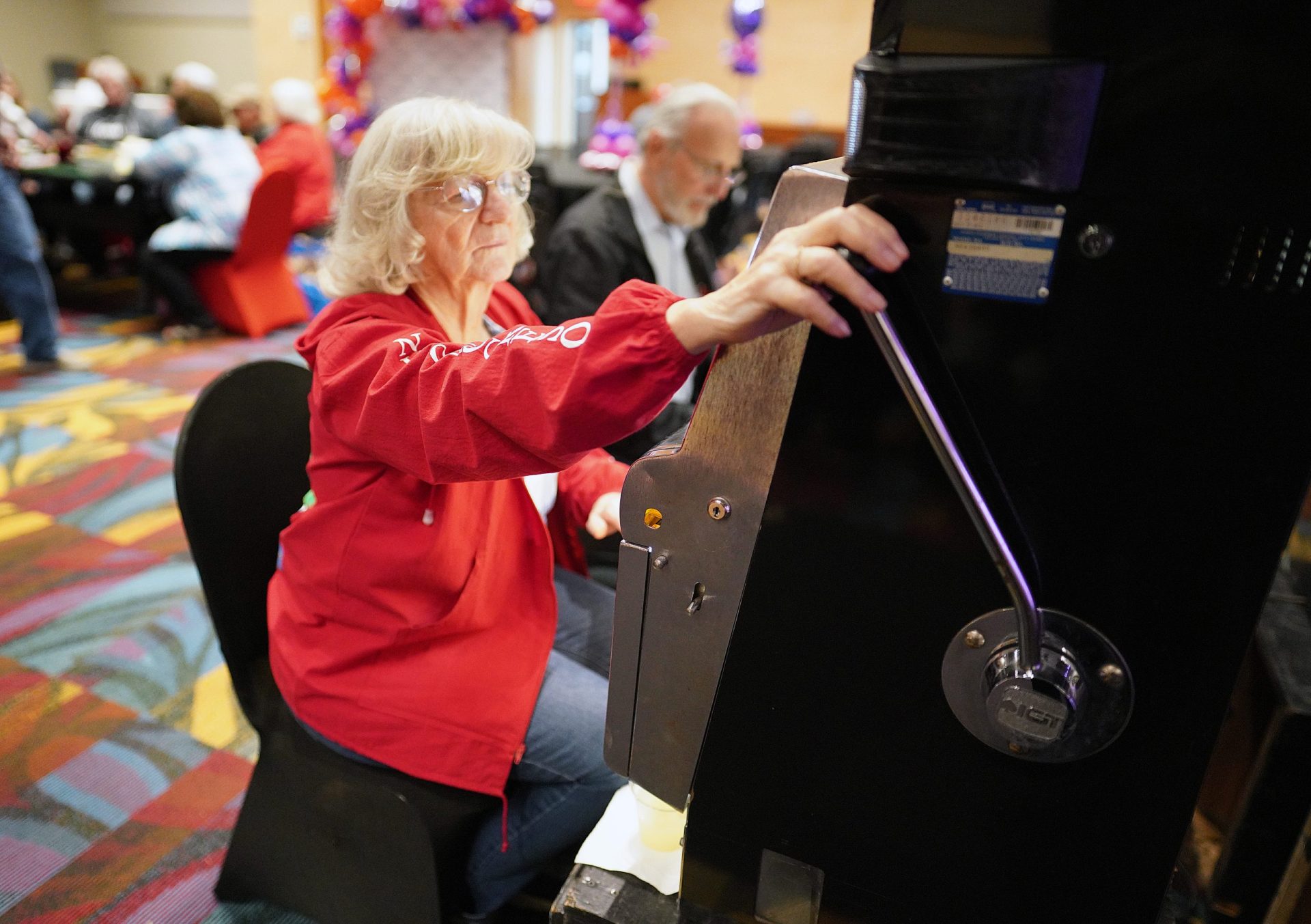|
Only have a minute? Listen instead
Getting your Trinity Audio player ready...
|
Winter Texans have been a boon for the Rio Grande Valley, adding nearly $2 billion per year to the region’s economy. Those numbers have been falling in recent years, however, and changing finances appear to be a major reason.
A recent survey by the American Association of Retired Persons finds that increasing numbers of Americans are retiring later in life; many of them said they simply can’t afford to stop working. They cite higher costs of living and depleted savings and lower retirement fund accounts. Twenty percent of U.S. adults above age 50 said they have no retirement savings and more than 60% fear they won’t have enough money on which to retire.
Fortunately, retiree trends suggest that when people do retire, many of them might choose to move to areas such as south Texas permanently, rather than maintain a second residence here only for the winter months.
Valley officials should take note of these trends, and continue to promote the region’s resources and qualities that draw Winter Texans in the first place, but with an eye toward encouraging full-time rather than part-time residence.
Winter Texans’ contributions to the Valley can’t be understated. A recent study by the University of Texas Rio Grande Valley Department of Data and Information Systems reported that winter visitors contribute more than $1.5 billion to our economy. Moreover, nearly three-fourths of them receive visits from family members and friends while they’re here, adding another $60 million in hotel, restaurant and retail revenue.
The benefits aren’t just monetary, 90% of our winter residents volunteer at our libraries, nonprofit organizations and community groups while they’re here, further enriching the area and helping to provide public services.
The UTRGV report also noted that Winter Texan numbers have been falling by 1%-2% per year, which likely means that natural attrition isn’t being replaced by new residents.
Another fact is that growing numbers of winter residents no longer stay at RV parks or maintain mobile homes, but instead are buying homes and condos. This might suggest that many of them intend to move here permanently, as “converted Texans.”
Local officials should do what they can to encourage such moves.
There’s much to promote, beginning with the financial incentives. The Brownsville and McAllen areas both rank in the top 10 on multiple lists of most economical places to live. The reports cite lower housing and grocery costs that make the cost of living as much as 20% lower than the national average in the McAllen area and 30% in the Brownsville area.
These areas also make most lists for the best places to retire, with noted assets including affordable living, favorable year-round climate and activities many older residents enjoy such as birdwatching, nature walks, going to the beach and, most recently, the chance to see SpaceX rocket launches.
While Winter Texan numbers are declining, the potential exists that more people will choose to live here permanently when they retire — making their contributions to our Valley year-round rather than seasonal. Officials should seize the opportunity to sell the area and work to help make it happen.




